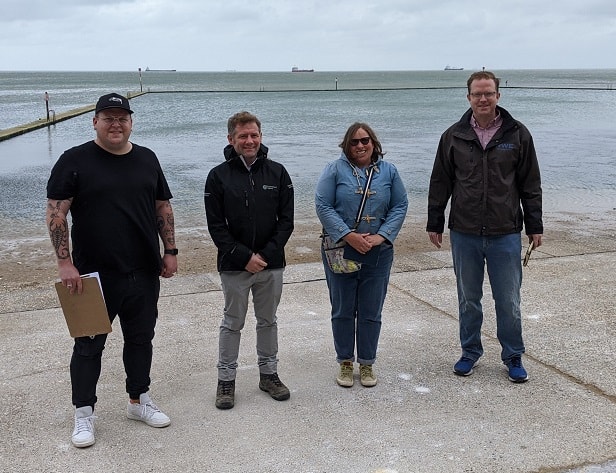
Ten action points have been drawn up in a bid to improve the cleanliness of bathing waters following a meeting to discuss the impact of waste water releases on Thanet beaches and bays.
The suggestions have been put together following a meeting between Margate councillor Rob Yates, representatives of natural beauty business Haeckels and Walpole Bay Swimmers and Environment Agency senior officer Peter Ehmann.
The gathering was held in response to “unscreened, untreated sewage” being discharged into the sea from Foreness Pumping Station in the early hours of June 17 – resulting in the pollution being spread to 11 Thanet beaches and bays.
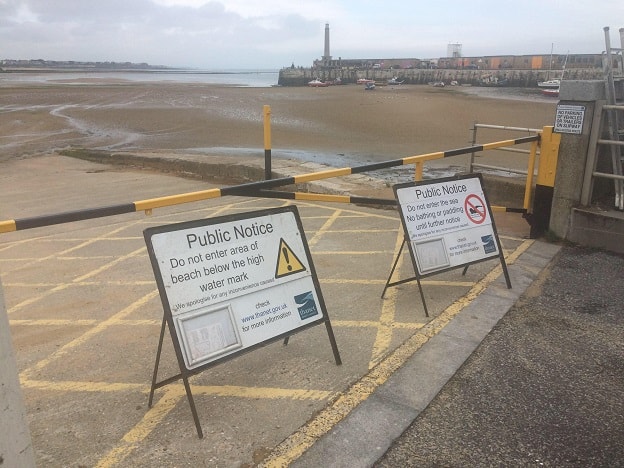
The incident, which Southern Water says was caused by a lightning strike resulting in a power outage during an overnight storm, meant advice against going into the sea or the area of beach below the high water mark remained in place for just over 6 days – finally being lifted on June 23.
The Environment Agency is also investigating a further release from Foreness on June 27. There were also further combined sewer outfall releases at Ramsgate and Broadstairs last weekend.
The action points the group are asking for include a commitment to upgrading the Foreness station.
Other actions are:
- For Thanet council to restart the Thanet Bathing Water Partnership Group – this brings Kent County Council, Environment Agency, Southern Water and Thanet council together twice a year to create plans to improve bathing water quality
- Clarity over Seaweed clearing – Unknown if seaweed clearing can happen on Walpole Bay
- Seasonal dog restriction enforcement and more communications
- Consistent water testing point at Walpole Bay – EA have been asked to move the water testing point to inside the Walpole Bay tidal pool for the 2022 season so we have a consistent testing point
- Ensure Foreness can pump at 809 litres per second, and utilise its storage before discharging untreated screened sewage into the sea. This is required by Southern Water’s permit.
- Ensure Southern Water retrofit chalk sewer pipes built by Victorians with plastic pipes to stop sewage leaking into ground water
- Find out if Southern Water has plans to increase capacity at its treatment works or network storage to better cope with higher rainfall in the future
- Foreness station to be upgraded
- Clean drains and gully pots that lead to the sea at start of season
- MPs to lobby for greater funding of Environment Agency

Cllr Yates said: “I see no reason why Thanet cannot have some of the cleanest bathing waters in the UK. Lately there have been some shocking incidents around our coastline that have damaged Thanet’s coastal reputation, this has impacted our tourism and we should take this very seriously.
“In order to understand the issue in detail I organised a meeting with the Environment Agency, Walpole Bay Swimmers and Haeckels.
“From that meeting I have drawn up a list of actions that can help improve our bathing water quality in Thanet and specifically at Walpole Bay. Some actions are easier than others, but there are easy wins and I hope that Thanet council, Kent County Council, Southern Water and the Environment Agency will work with us on this.”
The relevant agencies/authorities have been contacted and a meeting is being arranged with Thanet council.
Margate business Haeckels was formed in 2012 by resident, beach warden and coastal enthusiast Dom Bridges and harvests natural goods such as seaweed for its products.
The business plans to take its own action following a spike in E.coli levels recorded at Walpole Bay last month.
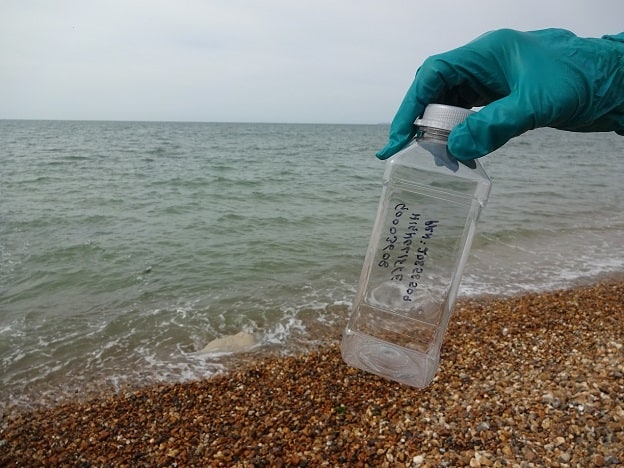
The reading recorded the highest levels of colony forming units of Escherichia coli and Intestinal Enterococci in several years. The readings taken on July 14 exceeded the limit for “sufficient” water quality under the Bathing Water Directive. Other Margate bathing waters were unaffected.
The E-coli reading was disappointing news for Walpole Bay swimmers as there had been a lengthy wait to achieve a good water quality rating at the site.
A Seaside Award at Walpole Bay was granted in 2019. Prior to that the Bay had been rated as poor under EU water quality regulations for several years. In the ratings for 2016, under stricter EU regulations which came into force in 2015, Walpole Bay received a poor standard despite having 17 ‘acceptable’ water quality results out of 20 weekly samples. In 2018 year it was graded as sufficient rising to good the following year, a status it currently retains.
Haeckels environmental scientist Em Foster Rose said the team would be investing in regular water testing at Walpole Bay and creating an app to publicly share the results.
He said: “”Following the high readings of E. Coli and Intestinal Enterococci at Walpole Bay, Haeckels will be investing in regular microbial testing of the water quality at Walpole Bay, and developing an app to be able to communicate the results of that.
“We will also be conducting research into whether there is a significant difference in microbial quality of bathing water in the Walpole Bay tidal pool and the adjacent seawater, to give us an understanding of how the restricted water exchange might affect water quality.”
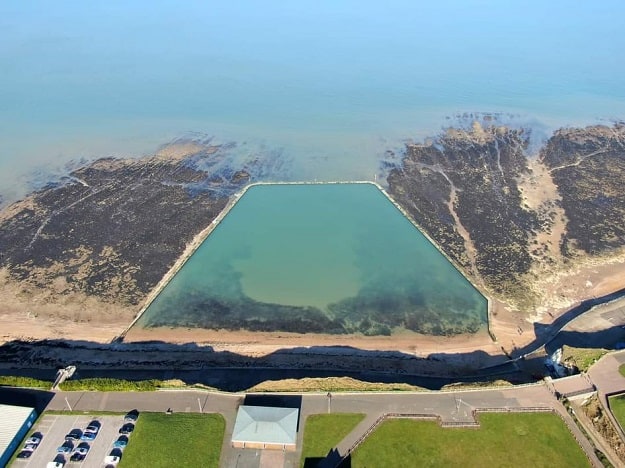
Jo Goodson from Walpole Bay Swimmers says urgent action must be taken to cease waste releases and to make sure the public have up to date information.
She said: “Since Walpole Bay has improved its water quality to ‘good’ in 2019 all users of the pool and beach are keen to maintain and improve this. On July 30, we had a helpful meeting with Peter Ehmann to understand more about the water quality tests that are carried out by the Environment Agency at Walpole Bay during the bathing season.
“Many swimmers and users of the tidal pool are keen to be well informed about any issues with the quality that may affect health, such as the high readings of E Coli on July 14.
“Communication and collaboration between the Environment Agency, Southern Water, Thanet District Council and the public are key to enabling this to happen. Southern Water’s Beach Buoys website and Surfers Against Sewage’s Safer Seas & Rivers App enable beach and water users to be informed about any water quality alerts. There is also an information signage board at Walpole Bay informing the public of the results of the water quality tests during the bathing season (when it is updated with the green/red stickers).
“However the inevitable delay in processing the water quality tests mean that this information is retrospective and not always informative for users.
“A solution from Southern Water is urgent and essential; the need for storm releases, especially from their short and emergency fall outlets at Foreness Point to cease as soon as possible is key. In addition, a way of better informing water users of spotting and reporting signs of water quality issues is needed as well as the use of Pollution Risk Forecasts to give meaningful alerts.
“We are seeking a public commitment from Southern Water to these matters which directly affect public health as well as the local environment in a Marine Conservation Zone.”
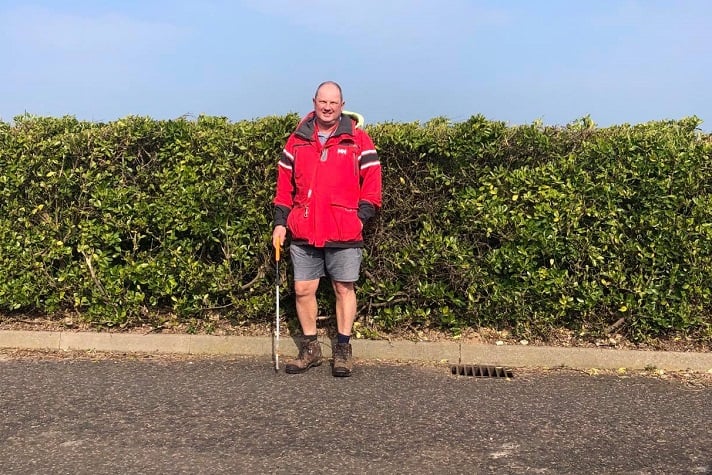
The call for action is echoed by Barry Manners, from the Friends of Kingsgate and Botany Bay volunteer group, who says there should be “massive infrastructure investment” and “ a total suspension of all dividends to shareholders until these improvements are made.”
He also wants Southern Water to fund independent, published lab tests of bathing water at all Thanet beaches twice a week, adding: “The Environment Agency is under-funded and its data is inadequate to get a true picture of Southern Water discharges and the ecological damage caused.”
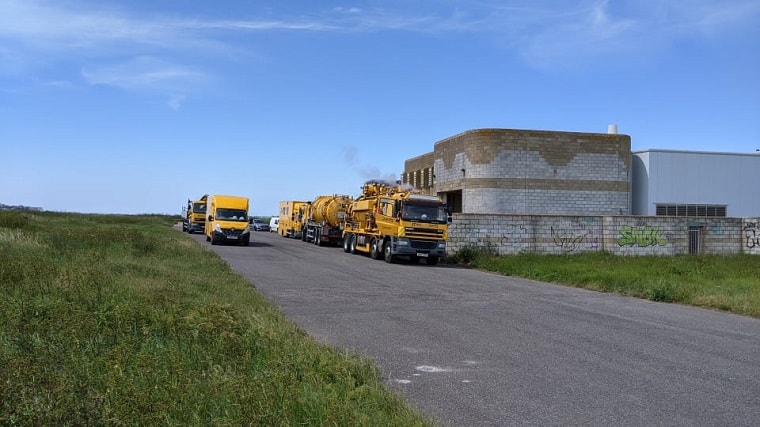
Southern Water’s pollution incident reduction plan, published last summer, says automatic restart technology is being rolled out to combat releases caused by power cuts.
The report says: “We believe this will prevent a significant number of pollution incidents and we are now in the process of a roll-out of auto restart technology to the first 350 sites.
“We are also in the process of surveying and rectifying any faults in the air circuit breakers at over 200 sites, which are critical in switching over from the mains supply to generators in the event of a power cut.
“In the event of longer term power cuts or interruptions to supply, the role of generators – which we have at around 400 sites – aids the smooth transition to keep essential equipment operating. Our analysis of previous pollutions showed a need to consolidate and enhance generator reliability.”
The water company says it is also working to reduce Combined Sewer Outfalls (CSOs) – storm overflow releases – with investment and “nature-based solutions.”
Three outfalls were recorded in Ramsgate and Broadstairs last Sunday (August 1) following heavy rain. The releases are made to stop internal flooding in local properties.
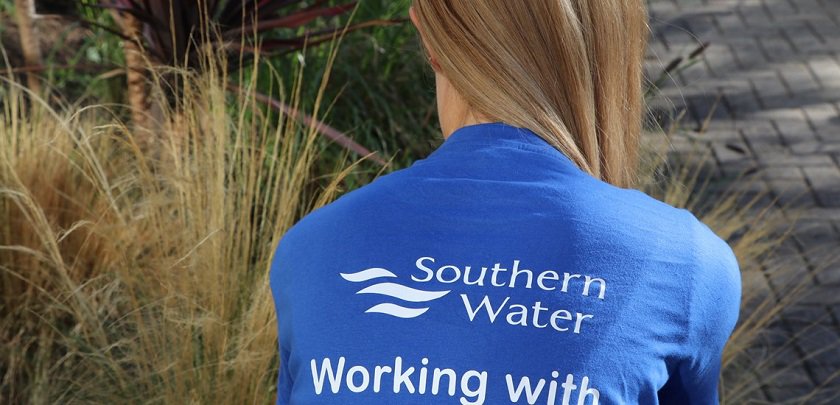
Southern Water says CSOs have had an essential role in preventing health risks and the flooding of homes, businesses, public buildings such as hospitals and schools and wastewater treatment works since the turn of the 20th century but the company recognises the practice is no longer considered acceptable
A statement from Southern Water says: “They are an integral part of the processes designed to manage wastewater nationwide and their use in times of heavy rainfall is closely regulated by the Environment Agency. We recognise that while legal, these releases are no longer considered acceptable.
“What is released is wastewater, including water from washing machines, showers and dishwashers, heavily diluted by surface water which is rain and run-off from roads and land. The release is also likely to have passed through a screen at the treatment works to remove large solids and is also likely to have passed through a storm tank in which solids settle to the floor of the tank.
“Our online storm release notification system, Beachbuoy, helps our customers and partners by providing near real time information about CSO activity at all 83 designated bathing waters and two recreational harbours. We lead the sector in making this information available.
“This is a significant part of our commitment to greater openness and transparency and we welcome the influence that it is having on the public debate about the use of CSOs.
“In the UK, years of local development of the surrounding environment, rapid growth in population, and the impact of climate change have added significant pressure to the network.
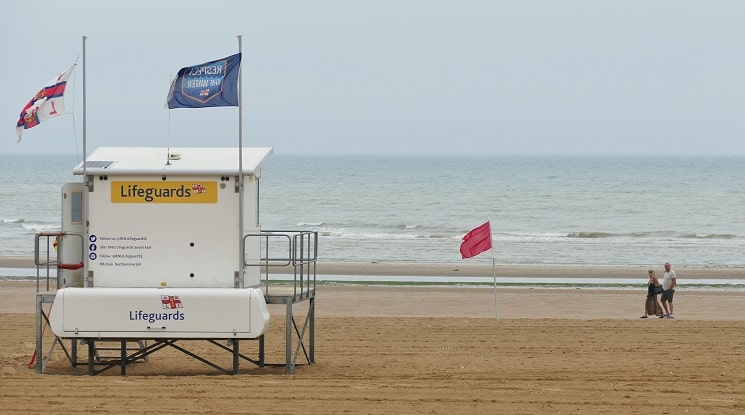
Southern Water recognises it must be part of the solution and is playing its part through a sustained programme of investment and activity.
“We are investing £1.7 billion over the next four years across the south-east to improve the capacity and efficiency of the wastewater network and reduce the number of releases from CSOs. This investment builds on the £3.2 billion Southern Water has already spent since 2015 to improve and maintain its assets across the south-east.
“We are committed to reducing discharges from CSOs. In some cases the answer will be to build larger storm storage tanks and more treatment capacity. However in many situations this is not the best environmental solution to ensure that rainwater and runoff is not overwhelming the sewerage system.
“We see a real opportunity for nature based solutions – such as work to make rivers more resilient or creating wet lands – as part of our environmental vision, which is the foundation for everything we do as a company, along with water efficient housing standards and ensuring sustainable drainage systems are designed into new developments.
“Retrofitting will also be part of the solution. This requires more collaborative thinking and working via integrated policies and solutions that include the planning system, land management and building standards.”
Southern Water says it is aiming to deliver zero pollution incidents by 2040.
Future plans include:
By 2025
◼ improved resilience through a 15% reduction in internal flooding incidents (from 2017-18) and the provision of additional network and treatment capacity for over 100,000 new homes
◼ enhanced the environment through a 40%10 reduction in pollution incidents
By 2040
◼ made flooding from sewers the exception,
◼ achieve ambition of zero pollution, with predictive analytics and automated control of the sewerage network as standard

